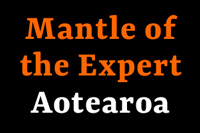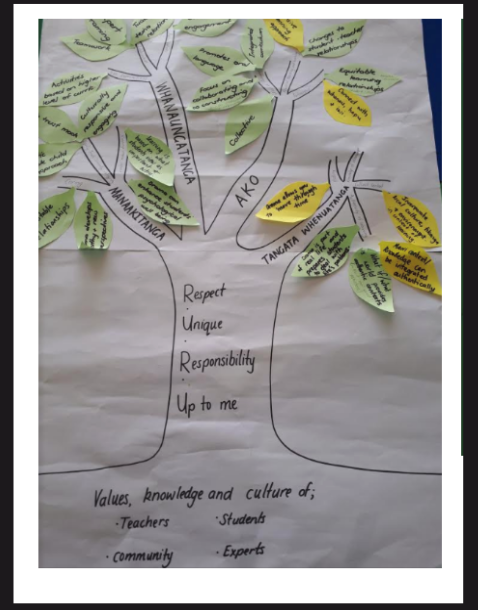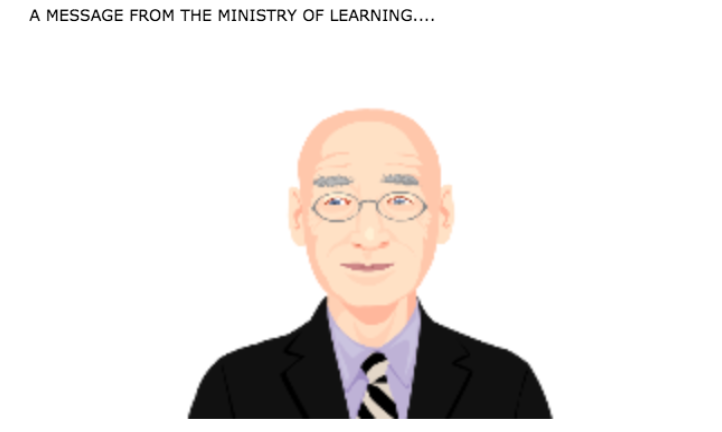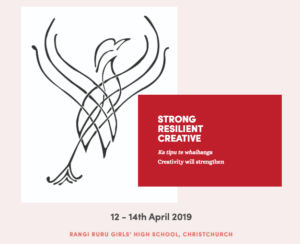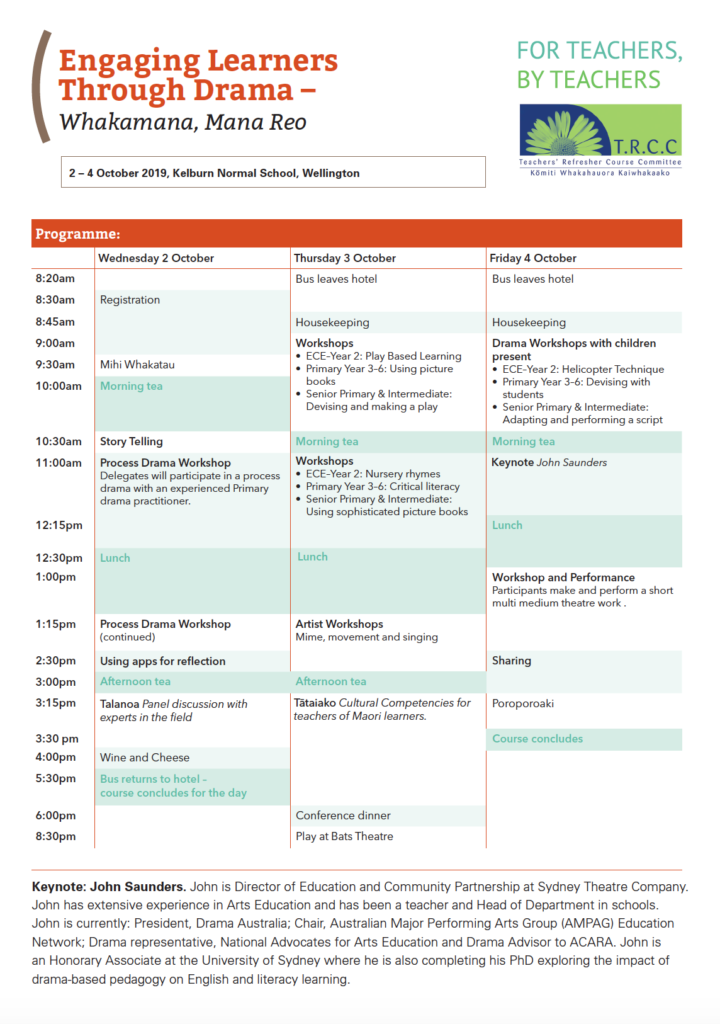Something I’ve been meaning to write about for a while is a new strategy I have been using for bringing a fictional ‘other’ into a classroom drama. What do I mean by a fictional ‘other’? Well, that could be a whole post in its own right, but basically a fictional ‘other’ is anyone from the imagined world that we ‘evoke’ within the classroom world. The fictional other could be a story character, the client in a Mantle of the Expert experience, an angry neighbour or an imaginary member of our class who has made a mess of the PE cupboard and got us all into trouble. Fictional ‘others’ allow teachers to present someone else outside of the classroom as an audience, an interested party – or indeed an impediment – to the work of the classroom. Carrie Swanson writes more about fictional others in a journal article that can be found here.
There are lots of strategies we might use to bring a fictional other to the attention of the class. Probably the most familiar are the strategies of ‘teacher in role’ or ‘adult /person in role’ where the teacher or some other adult or person takes on a role as someone from the imagined world. Often this is done as though the role was actually present and able to speak, move and respond, but there are lots of other possibilities. Dorothy Heathcote’s list of 34 role conventions sets out a whole range of ways in which a teacher in role or person in role can be varied, including some in which the role is represented in non human form, though something like a letter, an object or a piece of discarded clothing. For a list of Heathcote’s role conventions, click here
What Heathcote’s list does not include are digital possibilities for evoking a fictional other, and this is something I’ve been experimenting with recently. If you caught up with Miguel’s blog about his Mantle adventures, or my post about working with officials from the Ministry of Education in Bangladesh, you might notice that in both cases we used something called ‘voki’ to evoke the fictional other of the client.
Voki is a free online tool for creating an animation that ‘speaks’ the words you give it to say. Here’s a link to the voki site. And Here’s a quick video of the kind of thing you can produce.
The app gives several options for gender, ethnicity, accent, clothing etc so you can tailor it to suit your situation. My advice would be to keep things realistic and simple rather than going for the more ‘way out’ features – unless that suits your context, of course! One thing I really like about using Voki is how participants could return to the link time and again and revisit it for clarification. It’s also great how you can pull up the voki on a small device like an ipad and thereby ‘evoke’ the role several times over in different parts of the group for different groups. I especially like how when the programmed animation has finished, the fictional other stays ‘present’ with eyes following the cursor: a lovely sense of fictional otherness!
One final tip: Voki can’t always pronounce words correctly so you may find it helpful to spell out some words ‘funnettickly’ !
